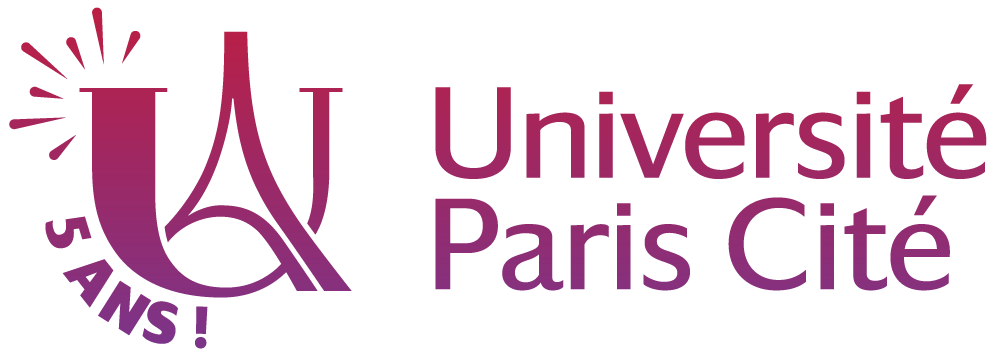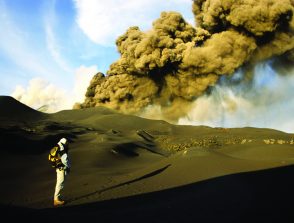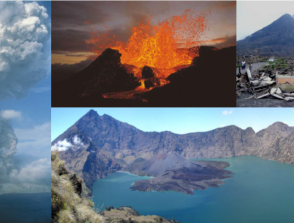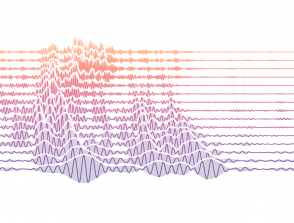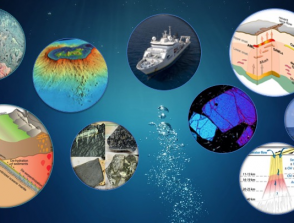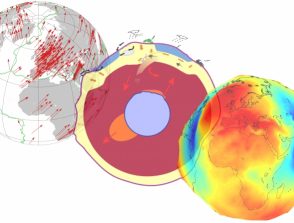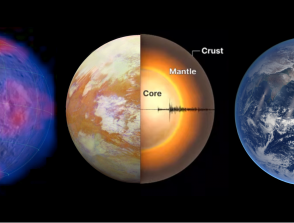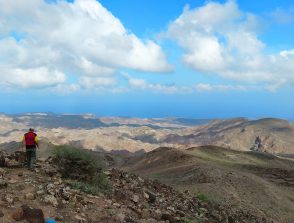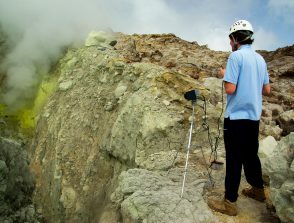Uncovering uncataloged low-frequency earthquake sources with deep learning
19/03/2024
IPGP - Îlot Cuvier
14:00
Séminaires de Sismologie
Salle 310
Systèmes volcaniques, Sismologie, Géosciences marines, Géodésie, Tectonique et mécanique de la lithosphère, Planétologie et sciences spatiales
Jannes Münchmeyer
Institut des Sciences de la Terre, Université Grenoble Alpes
Documenting the interplay between slow deformation and the seismic ruptures is of great importance to better understand the physics of earthquakes nucleation. However, slow deformation is often difficult to detect and characterize. The most pervasive seismic markers of slow slip are low-frequency earthquakes (LFEs) that allow resolving deformations with minute-scale resolution. Detecting LFEs is hard, due to their emergent onsets and low signal-to-noise ratios, usually requiring region-specific template matching approaches. These approaches suffer from low flexibility and might miss LFEs as they are constrained to sources identified a priori. Here, we develop a deep learning-based workflow for LFE detection, modeled after a classical earthquake detection workflow with phase picking, phase association, and location. Across three regions with known LFE activity, we detect LFEs from both previously cataloged sources and newly identified sources. Furthermore, we show that the approach is transferable across regions, suggesting that it will enable systematic studies of LFEs in regions without known LFE activity.
Zoom link: https://u-paris.zoom.us/j/84631356249?pwd=aCtvMVNWb0NIMkNBYmYyeXJMTlA5QT09
